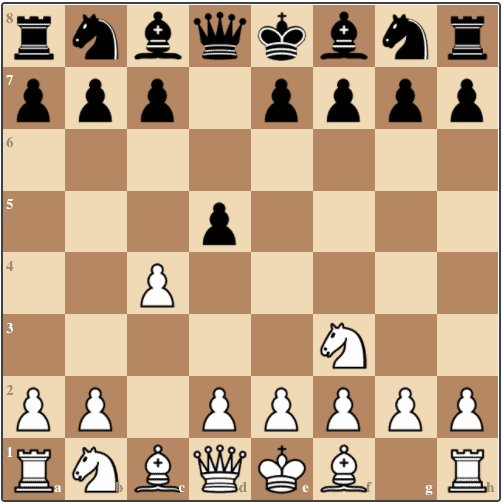Blunder-Check
Blunder-Check
------------------------------------------------------------------------------------------
You hear this complaint all the time from students:
"When I look at a position I can usually see what the bad moves are. But I have a hard time figuring out which are the good ones. That makes it very difficult to choose a move I can play."
Actually, that should make it easier. It is easier because of the way games are won and lost. Until you are at least 1400 strength - which is about the average for tournament players - most of your games will be decided by blunders. You or your opponent will overlook a threat, leave material en prise, or otherwise turn a reasonable position into a very bad one.
The huge role that bad moves play is a good thing. It provides an obvious way to lose less often: Cut down on your blunders.
This sounds too simple. But it's the truth.
The longer the game goes on without a major mistake by you, the greater the likelihood that your opponent will commit the first double question mark move and beat himself. How can you cut your blunder rate? This is the one area in which using a checklist does work. A two-question list should be sufficient.
---------------------------------------------------------------------------------
As soon as your opponent makes a move, ask yourself "Did he make a threat?" In the vast majority of cases when a sub-1400 player blunders, he didn't realize there was a threat.
If the answer to the question you ask is "No," there's a pretty good chance your next move will not be a blunder. Even GMs have played double question mark moves because they didn't look for a threat.
-------------------------------------------------------------------------------
Threat detection is largely a matter of learning how to see the board from your opponent's viewpoint. Youngsters are always surprised by how different the position looks if you tum the board around - either an actual board or using the flip switch on a computer.
If you can see the position the way your opponent sees it, you should be able to spot the vast majority of enemy threats. A good way to practice is to look at master games from a database:
Inexperienced players usually find it much easier to spot threats involving the enemy pieces that move along straight lines, such as rooks and bishops. They have a harder time noticing when an opponent is threatening to win with a knight move. GM Kevin Spraggett urges his students to work on this by trying to solve endgame studies that only have knights and pawns.
When there is no threat to overlook, a move can be a blunder only if it changes the position in some (bad) way. Then the task of avoiding a blunder is a matter of visualizing what the board will look like from your opponent's point of view.
A second method of anti-blunder training is to play practice games against a computer with a special focus. Try to play normally but make a priority of not blundering. This is better than playing a human opponent because humans can overlook your mistakes. Computers are ruthless about punishing them.
Don't be concerned if your overall quality of play suffers a bit, if you feel you're not finding the best moves. Game quality isn't the point. Learning how to avoid blunders is.
The payoff is this:
If you can eliminate one potential blunder from each game, your playing strength should improve by at least 100 rating points.
When you've reduced your blunder rate - and thereby raised your playing strength - you'll find that you get to play stronger opponents. They will prove harder to defeat because they've already learned how to cut down on their own blunders. They won't beat themselves.
To defeat them you have to refine your move-selection technique. Therefore, it's worth learning more about the different kinds of moves you have to choose from.
--------------------------------------------------------------------------------------
Andrew Soltis, Studying Chess Made Easy


No comments:
Post a Comment